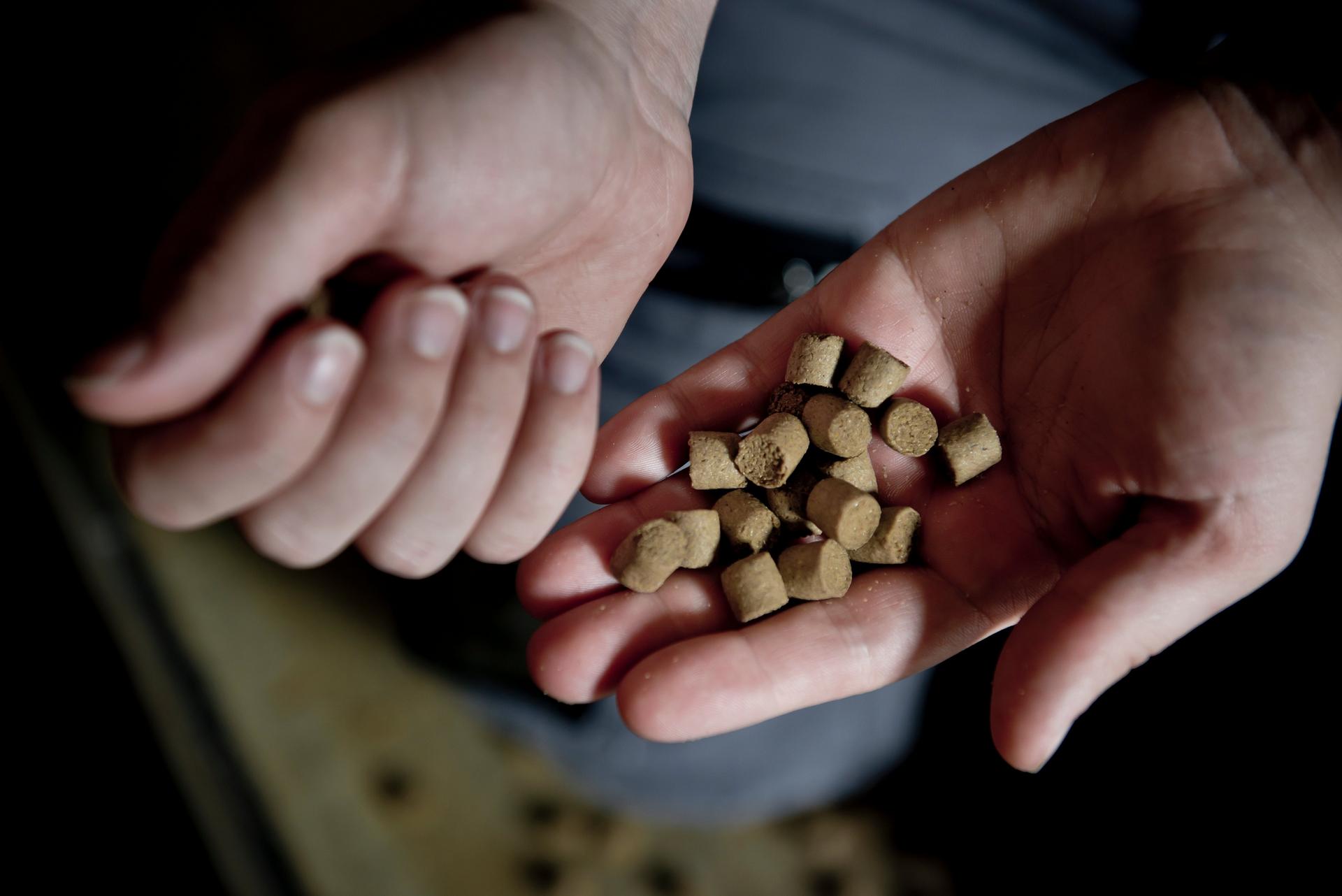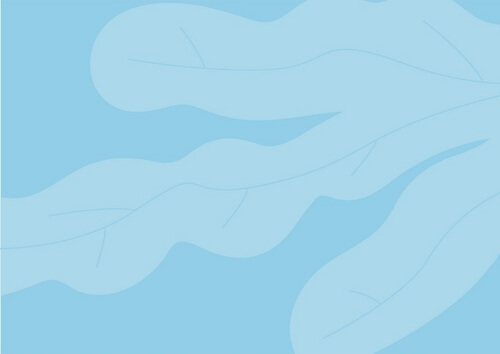The jets enter a chamber enriched with oxygen by means of liquid oxygen. Since, the jets hit the surface of the water surface approx. 20 cm below the plate. The jets blow oxygen bubbles down into the water, creating a “fog of bubbles”. This ensures that the oxygen mixes well with the water, and here, in the dissolution zone, the oxygen dissolves into the water. Oxygen bubbles that rise to the surface in the oxygen chamber are once again being sucked down with the water jets and thus “reused”. Finally, the oxygen enriched water passes through an outlet to supply the production unit.
Efficiency of the system
The efficiency of the jet platform system depends on the size of the fog of bubbles, that again depend on the location of the nozzles, their height above the water surface as well as their diameter and form. The system must be dimensioned and designed with due considerations.
The water supply above the jets, i.e. in the distribution chamber, requires a minimum head height for creating the most suitable water jets from the plate to the water surface of the dissolution zone. Moreover, the water flow and the configuration of the nozzles in the plate are decisive for the right size of the jets, their shape, and the distance between them. Also, a good design of a jet platform requires that the space between the plate with nozzles where the jets start their journey through the oxygen enriched chamber and the water surface of the dissolution zone is flexible, allowing for adjusting the dissolution rate.
Undissolved oxygen in the oxygen enriched chamber risks to create an inappropriate overpressure in this chamber. This will slow down the water flow from the distribution chamber. To avoid this, a vertical ventilation pipe allows surplus gas to escape form the chamber. One end of the ventilation pipe is placed immediately below the surface of the oxygenated water and by this, the pipe opens automatically when overpressure in the chamber forces the water surface down to a lower level.
An efficient jet platform requires a difference in height of approx. 75 cm between the water surface in the distribution chamber and the water surface in the outflow. This can often be achieved using natural gravity. If this is not possible, a relatively energy-efficient propeller pump may be installed. To obtain an increase in the oxygen content of the water of 8 mg/l (water temperature 15 °C), a jet platform that is based on lifting water using a propeller pump uses approx. 0.8 kWh per kg oxygen transferred.
Experience shows that the lower the entity comprising jet plate with nozzles, oxygen enriched chamber and dissolution zone is situated - compared to the water surface in the ponds - the higher utilization rate of the liquid oxygen may be achieved. Experiences shows that ff the dissolution zone has a water depth of 2-3 m it seems to work nicely.
Degassing prior to oxygenation
It is relevant to know that the water is not "refreshed" by the enrichment with liquid oxygen but is merely saturated with oxygen. All degassing should be completed prior to oxygenation. For this, numerous fish farms have installed an aeration column (for degassing) followed by a jet platform (for oxygenation). By this, the water is degassed prior to oxygenation and there is an extra win-win as you only need to install one pump instead of one for each single device. If both devices require a lift of 0.7 m, a propeller pump with a 1.4 m lift capacity typically has a higher efficiency than a pump that only lifts 0.7 m.
BioFarm – BioMar’s Expert Advisory Team
It is important to monitor the oxygen level in the production units. For rainbow trout, we typically recommend 70 % at the outlet, at 15 °C. BioMar’s technical advisory team, BioFarm, offers support in the management of oxygen and other fish farm management topics. Feel free to contact the BioFarm team member responsible for your area for further information.
Visit BioFarm video on Oxygen Management










?w=1920&%24withDefaultImage%24=&fmt=auto)


